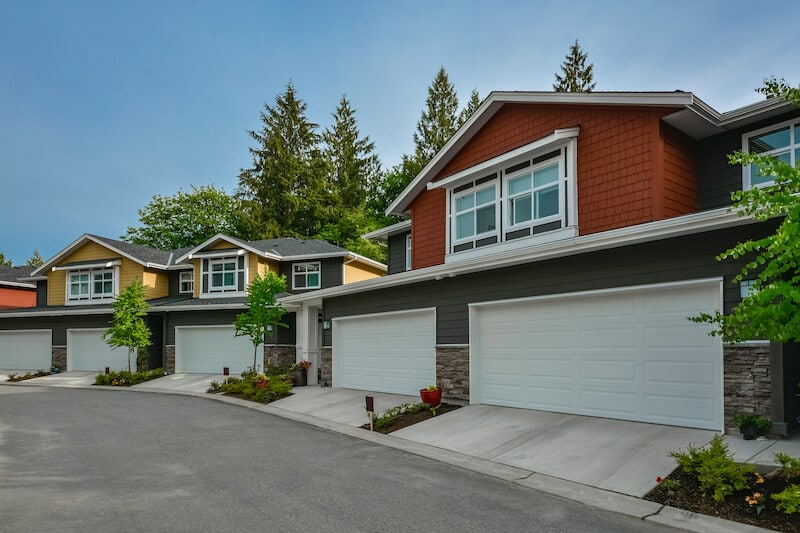
Multiplex Styles: Which Size Is Best For Your Investment Goals?
The name “multi-family property” already gives insights into what this type of real estate entails. A multi-family property is a residential building that has numerous housing units. Usually, each housing unit has its kitchen, bathroom, entrance, and utility meter. Read on to learn the best way to choose between multi-family property sizes for your next investment property.
What Are the Different Kinds of Multiplex Properties?
Multi-family properties include multiplexes that consist of two to four separate housing units. While most are built for a purpose, converted multi-family properties are renovated because they have better financial prospects. The several types of multiplex properties include:
Duplex
These types of multiplex properties involve two separate units in a single building. The units may be stacked on top of the other or beside each other. Duplexes are usually the most available and accessible go-to options when looking for multiplex properties.
Triplex
A triplex is a building that consists of three individual residential spaces. Like other kinds of multiplexes, these units may share one or two common walls, in addition to having their entrances, kitchens, and bathrooms.
Quadruplex
Quadruplexes are also known as fourplexes because they contain four residences. Of all the types of multiplexes, fourplexes may be the hardest to find.
Purchasing any multiplex has various advantages. Often, multiplex investments serve as the next step for real estate professionals who want to improve their portfolio by diversifying their income from owning one property, such as single-family residential homes. By converting a single-family property into a multi-family one, investors can also benefit from living in one unit and generating rental income from the others.
Number of Units: Balancing Management vs. Income
 Deciding to invest in multi-family properties scales more than thinking only about the amount of income the investor stands to gain. Although there are advantages of investing in these properties, such as reducing the cost of maintenance fees as multiple residences are under one roof, the higher the number of units in a multiplex, the more demanding managerial duties become. Thus, for properties with more than four units, it may be best to hire a professional caretaker or property manager to handle the managerial responsibilities regarding the property.
Deciding to invest in multi-family properties scales more than thinking only about the amount of income the investor stands to gain. Although there are advantages of investing in these properties, such as reducing the cost of maintenance fees as multiple residences are under one roof, the higher the number of units in a multiplex, the more demanding managerial duties become. Thus, for properties with more than four units, it may be best to hire a professional caretaker or property manager to handle the managerial responsibilities regarding the property.
Getting the balance between managing the number of units for a multiplex and the future rental income can make a significant difference in making profit cash flow. Typically, properties with more units help generate more rental income and reduce the impact from one vacancy with the revenue from the other units. However, managerial tasks from dealing with more tenant applications to handling maintenance can be more demanding with additional units.
Steep Price to Start
Investing in multiplex properties can be done by purchasing built multiplexes or converting single-family buildings through renovation. Whichever point of entry, the prices can be costly. Besides having the funds to finance the project, legal clearance is also required to convert a single-family property into a multi-family one. In the end, however, with better prospects such as higher rental income and a future increase in value, the benefits from such an investment can be worth it.
Living With Tenants
Benefits of investing in a multiplex include living in one of the units while renting the others out. Additionally, rental income from other units in the building can cover several maintenance costs, including repairs and utility bills. On the flip side, living next door to tenants can result in various challenges, such as constantly attending to tenant issues. However, with proper preparation, multiplex owners can tackle these challenges. Hence, it is crucial to weigh the managerial responsibilities with the potential rental income.
What Sizes Are Available?
Multiplexes vary in the number of separate units with individual bathrooms, toilets, entrances, and utility meters, while also varying in availability on the real estate market. Usually, fourplexes are the most expensive and the least common to find. On the other hand, duplexes and triplexes, in most cases, are readily available and require less effort to purchase. Due to many duplexes and triplexes available on the market, real estate professionals often have higher opportunities to acquire these properties.
Fourplexes May Be Hardly Available
Compared with duplexes and triplexes, converting a single-family property to a fourplex takes more considerable resources. On that account, fourplexes are usually built with purpose rather than converted from single-family buildings. Considering the possibilities of conversion and the staggering number of single-family homes, it makes sense for fourplexes to be least available.
Making the Final Decision
Like other real estate investments, multi-family properties come with advantages and disadvantages. On the side of the benefits, typically, more units mean more income, and living in one of the multi-family units can save expenses. As for the disadvantages, constantly being open to tenants’ issues, dealing with the situation of keeping multiple vacancies filled, and solely being responsible for maintenance if there is no property manager on-site can serve as drawbacks to investing in multiplexes.
Considering the available options and preferences, it is easier to arrive at a reasonable conclusion on which multi-family property size to choose. Keeping in mind both managerial duties and potential rental income, any multiplex is an excellent addition to an investment portfolio.



